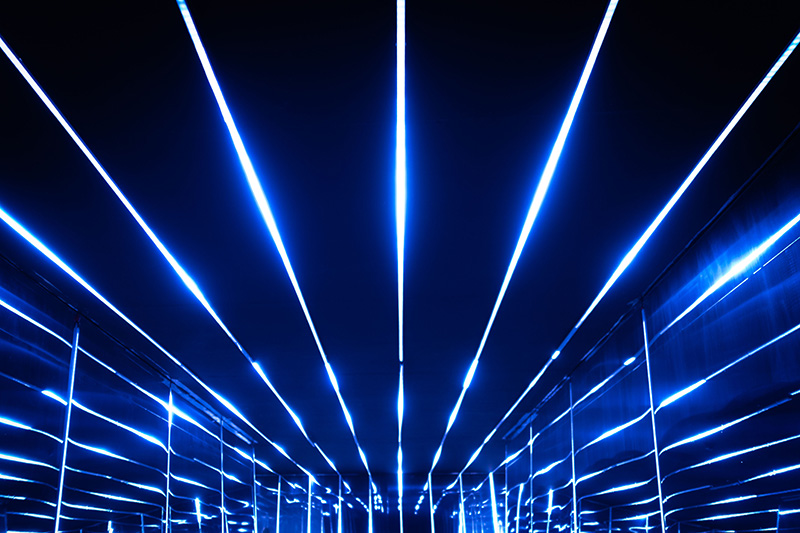Recently, the Ministry of Housing and Urban-Rural Development issued the "14th Five-Year Plan for Building Energy Conservation and Green Building Development" (referred to as "Energy Conservation Plan"). The purpose of the plan is to achieve the goal of "carbon neutrality", and by 2025, new buildings in towns will be fully green buildings. Implementation details include accelerating the popularization of LED strip lighting fixtures and promoting solar building applications.
The "Energy Conservation Plan" points out that the "14th Five-Year Plan" period is the first five years to start a new journey of building a socialist modernized country in an all-round way, and is a critical period to implement the carbon peak before 2030 and carbon neutrality before 2060. The development of green buildings faces greater challenges, but also ushers in important development opportunities.
Therefore, the plan proposes that by 2025, new urban buildings will be fully constructed as green buildings, the building energy utilization efficiency will be steadily improved, the building energy consumption structure will be gradually optimized, the growth trend of building energy consumption and carbon emissions will be effectively controlled, and a green, low-carbon, and circular It will lay a solid foundation for carbon peaking in urban and rural construction before 2030.
The overall goal of the plan is to complete the energy-saving renovation of existing buildings with an area of more than 350 million square meters by 2025, and build ultra-low energy and near-zero energy buildings with an area of more than 50 million square meters.
The document requires that in the future, the construction of green buildings will focus on improving the quality of green building development, improving the energy-saving level of new buildings, strengthening the energy-saving and green transformation of existing buildings, and promoting the application of renewable energy.
There are nine key tasks in the energy saving plan, of which the third task is to strengthen the green retrofit of existing buildings.
The details of the tasks include: promoting the application of optimal control strategies for building facilities and equipment, improving the efficiency of heating and air-conditioning systems and electrical systems, accelerating the popularization of LED lighting, and using technologies such as elevator intelligent group control to improve elevator energy efficiency. Establish an adjustment system for the operation of public buildings, and promote regular adjustment of the operation of energy-consuming equipment in public buildings to improve energy efficiency.
At present, the application and popularization of LED lighting has attracted the attention of governments of various countries. Because of its high efficiency, energy saving, long life, environmental protection and other characteristics, it is one of the important means for countries to achieve carbon peaks and carbon neutrality.
According to the latest market research report "2022 Global LED Lighting(LED strip light, LED linear lighting, LED luminaires) Market Analysis (1H22)", in order to achieve the goal of "carbon neutrality", the demand for LED energy-saving retrofit projects has increased, and the future commercial, home, outdoor and industrial lighting applications will usher in the market. New growth opportunities. It is estimated that the global LED lighting market will reach US$72.10 billion (+11.7% YoY) in 2022, and will grow steadily to US$93.47 billion in 2026.


Post time: Mar-23-2022




